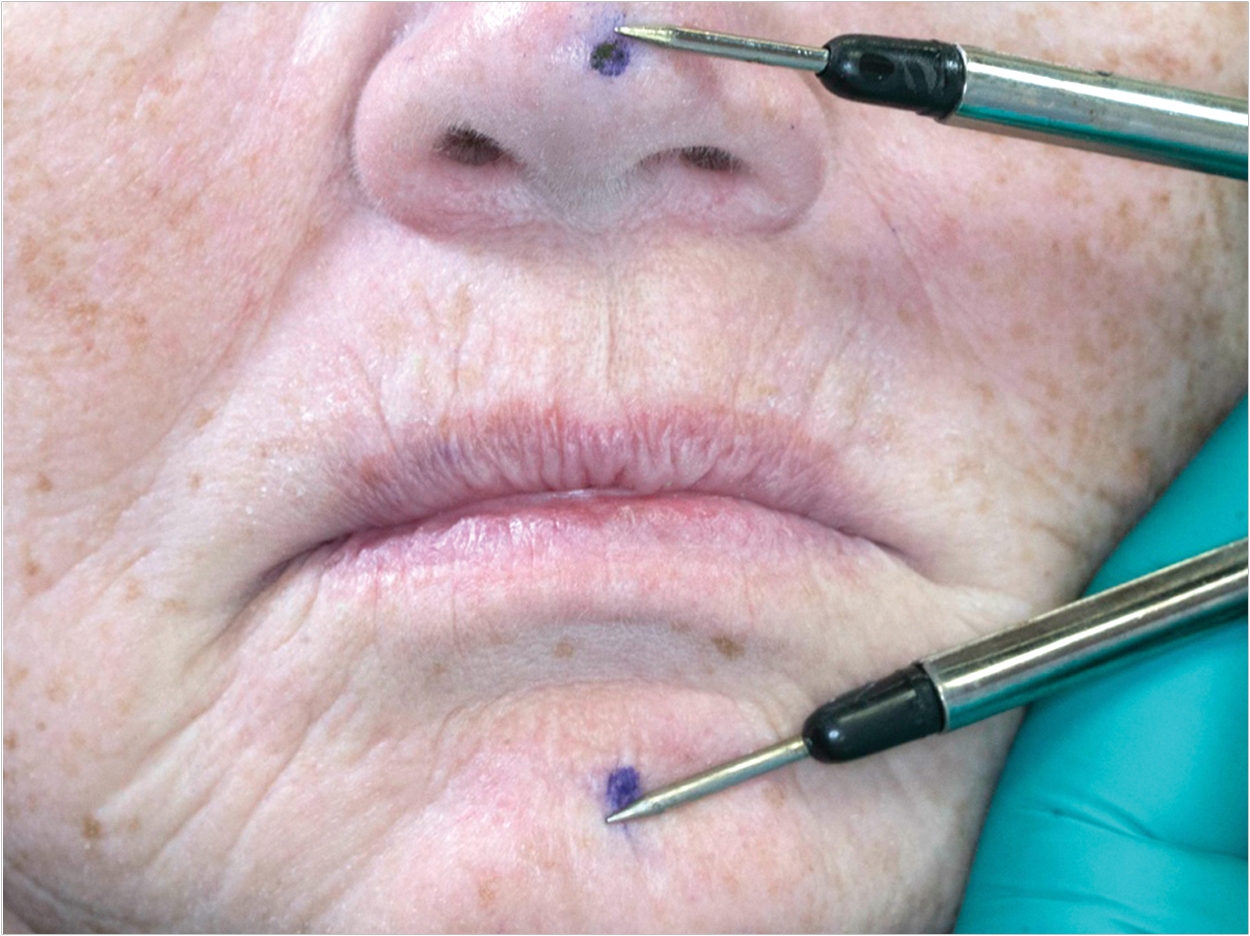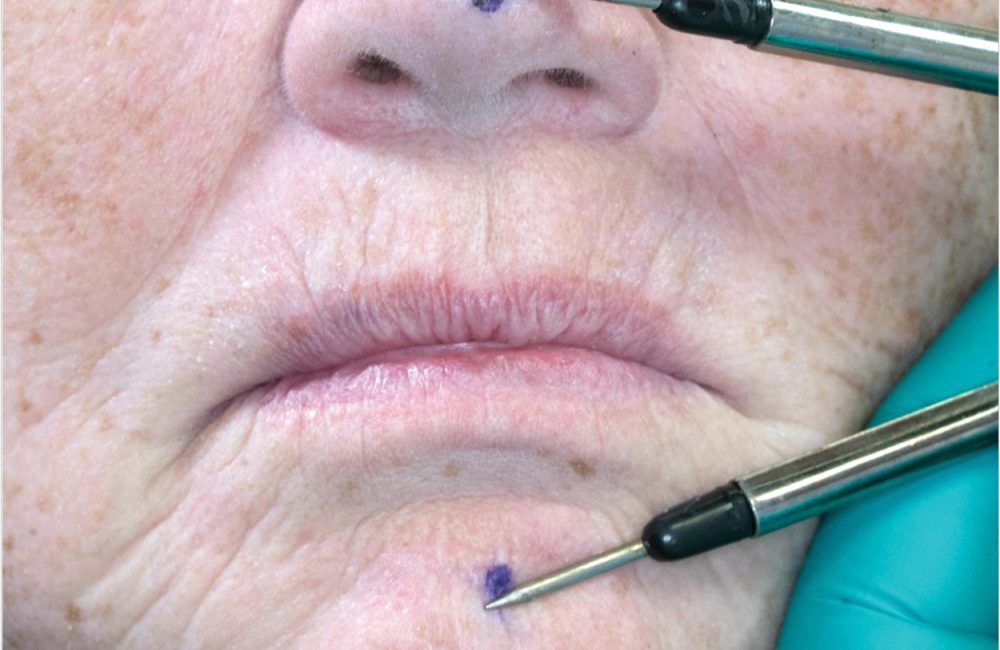
A multicenter retrospective clinical study compared the effects of an increase in vertical dimension of occlusion (VDO) in patients with fixed rehabilitations. Expert clinicians retrospectively evaluated 100 patients treated with an increase of the VDO and fixed dental prostheses (FDPs) supported by teeth, implants, or both.
The patients were divided into 3 study groups according to the type of support of restorations in posterior areas: partially edentulous patients with posterior teeth-supported rehabilitations and no implants in posterior segments (group A), partially edentulous patients with posterior mixed rehabilitations and at least one osseointegrated implant in posterior segments (group B), and completely edentulous patients with posterior implant-supported rehabilitations (group C).
The new VDO was tested with mockups, temporary restorations, or removable appliances. The patients were followed up for at least one year after the delivery of final restorations. Clinical variables were collected retrospectively, such as presence of referred self-reported bruxism and temporomandibular joint or muscle symptoms before treatment, extension of the dental arches, increase in VDO, restorative materials, and functional complications.
Statistically significant differences were reported among the experimental groups for functional complications. Functional and prosthetic complications after the VDO increase were not frequent. Functional complications were mainly noticed in group C but usually were no longer evident after 2 weeks. No significant differences were found between groups in terms of prosthetic complications and self-reported bruxism. (Source: International Journal of Periodontics & Restorative Dentistry, May/June 2018)
Related Articles
Occlusion, Confusion, Delusion
Utilizing Zygomatic Implants in Full-Arch Immediate Load Implant Solutions
Laser-Microgrooved Implant Collars See Less Peri-Implantitis












